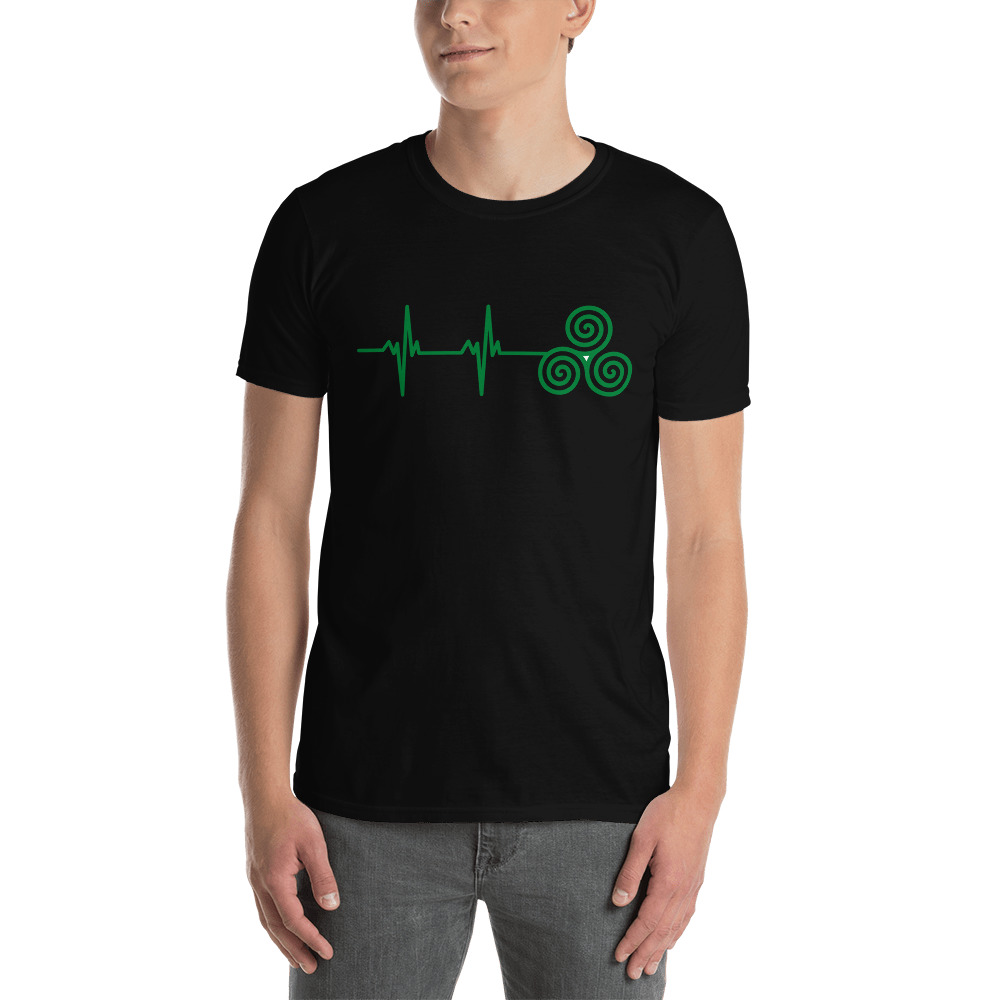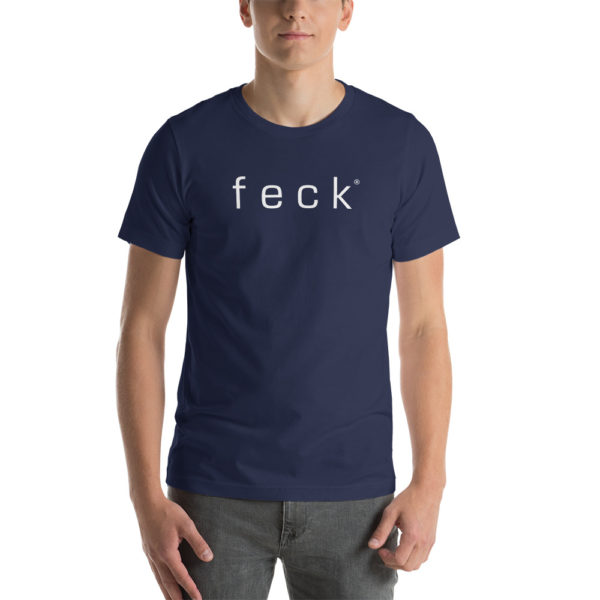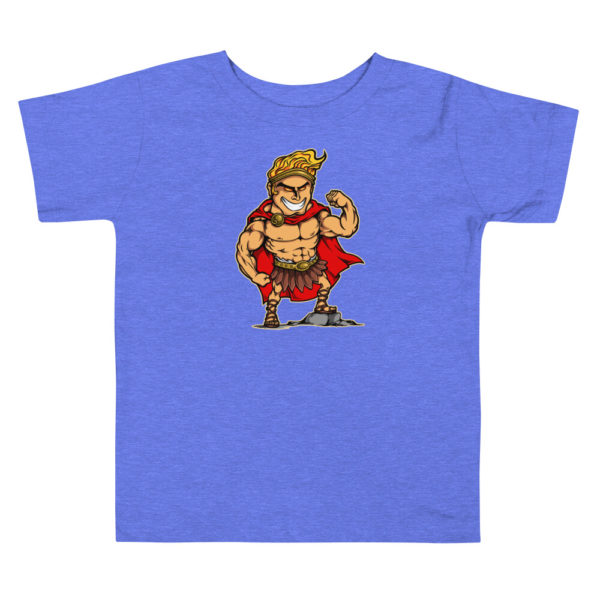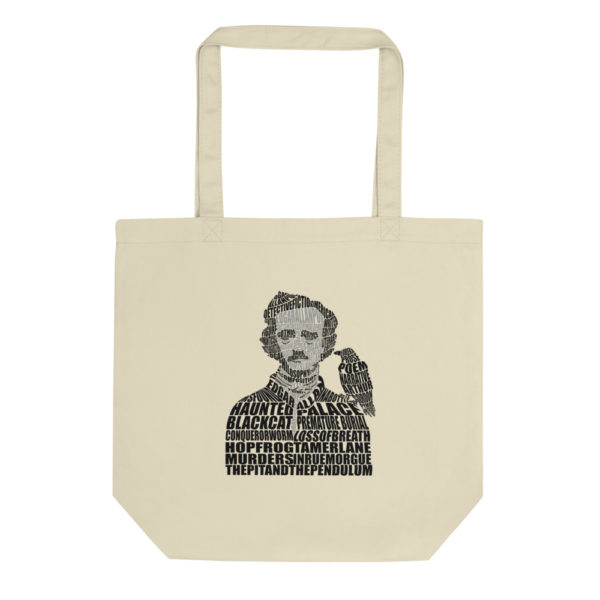The Celtic culture is one that has lasted for centuries and is still thriving in parts of western Europe today. The Celts are a group of Indo-European people from various regions of Europe and Anatolia known for their use of the Celtic language and other aesthetic similarities. They are related to the Irish and Scottish people but have different origins. Historic Celtic groups include the Celtiberians, Galatians, Britons, and their numerous offshoots. The art in the Celtic culture centers around three central symbols including the shamrock, the cross, and the gem stone. These symbols are commonly used together and are very closely related to one another.
The modern-day Celts have changed quite a bit since the days of the ancient Celts. There was a time when the Celts were predominantly farmers and fishermen but during the fourth century AD, the invasions by the Romans and the D Picts caused an influx of soldiers who brought with them many new skills such as the use of metal weaponry. As these soldiers fought among themselves, they incorporated new tactics, including the use of Celtic language and architecture.
The culture of the Celts can be traced back to as early as the sixth century before Christ. In addition to adopting the Celtic language, the Celts also developed currency, festivals, architecture, and arts. However, it wasn’t until the fourth and fifth centuries AD that the Celts started to write. Until this point, much of the evidence of the Celts is found in their jewelry, such as amulets, necklaces, breastplates, and swords.
The Irish, Scots, and Welsh are the most predominant ethnic groups within the modern Celtic culture. However, there are several smaller ethnic groups living in central Europe including the Muscovites, Croats, and the Scots Celts. All of these tribes have maintained much of their traditional cultures and language. They are similar in most ways to the original Irish, Scots, and Welsh, but each of these tribal groups has developed its own identity due to its own location within Europe.
During the fifth century, when the Romans began to invade Ireland, many of these tribal people spoke English because they had been brought over in chains and were forced to speak in that language. Because of this association, many of these native Irish speakers began to speak Irish and learn the basics of the Celtic language. Celtic art, including paintings, tapestries, metalwork, and sculpture, did not begin to develop until the middle ages. Even then, the style was influenced by the art of the Roman army and by the Christian elements of the Roman religion.
During the fourth century, many Celtic ruins can be found all across Ireland, Scotland, and Europe. The first evidence of Celtic art was found during the Roman conquest of Ireland. In fact, many of the buildings that were destroyed by the Romans during their campaign to defeat the Celtic peoples were found to contain some sort of Celtic influence. In the fourth century, the Roman Army learned how to fight the Celts and soon Celtic art became popular among the soldiers. In the fifth century, new roads and other structures were built along the old Celtic path which still exists to this day. These structures include stone crosses, granary chests, and celtic crosses.
The modern-day celtic culture lives on today as an integral part of the Irish heritage. There are many celtic songs, traditions, and customs that continue to live on. There is no evidence that the modern-day Irish language would have developed as it is if it were not for the influence of the Celtic language.
One of the most notable people in the ancient name of Ireland would have to be Scathach, the daughter of Culdob, chief of the Lismore Northmen and mother of King Conchobar Mac Nessa of Argyll and Mananan Mac Lir. She is also responsible for writing the Lismore Northman’s Laws, which were utilized by the government of Ireland during the Medieval times. Another notable person from the ancient name of Ireland would be Columba, the daughter of Mananan Mac Lir of Mananan Castle. She married King Aileach and the name of her son Aileach, known as Aileach son of Mananan.








